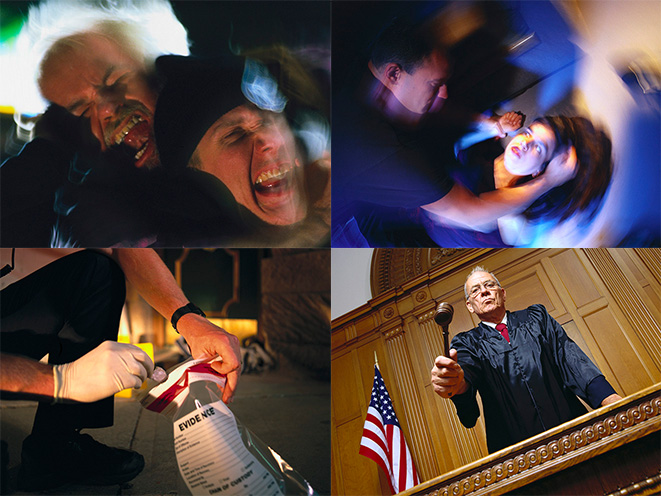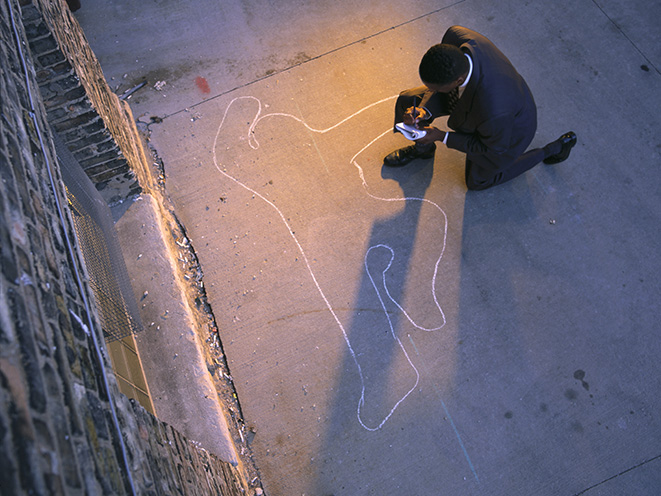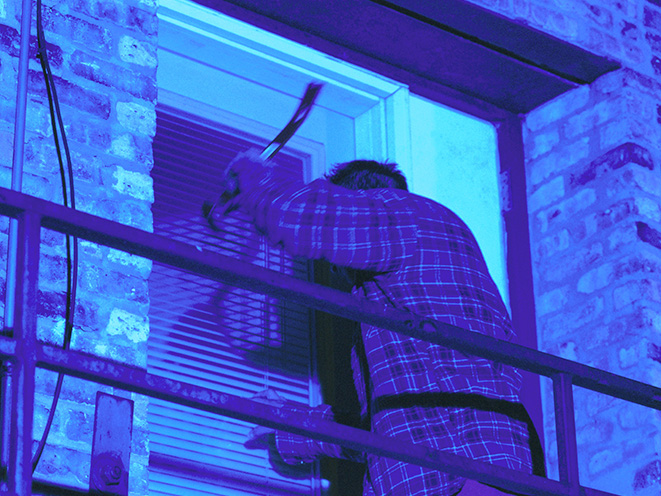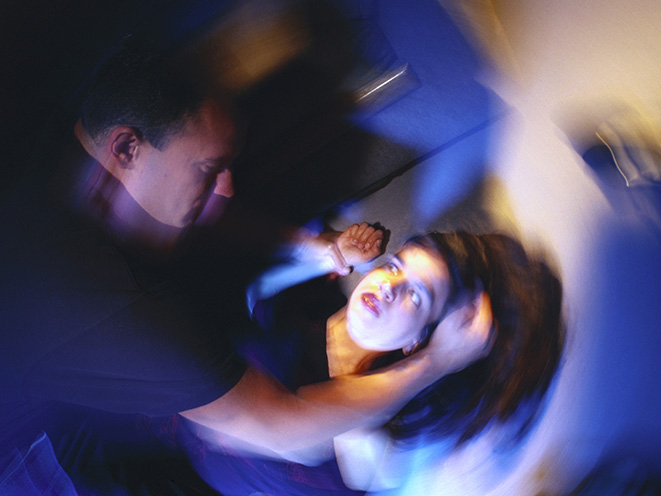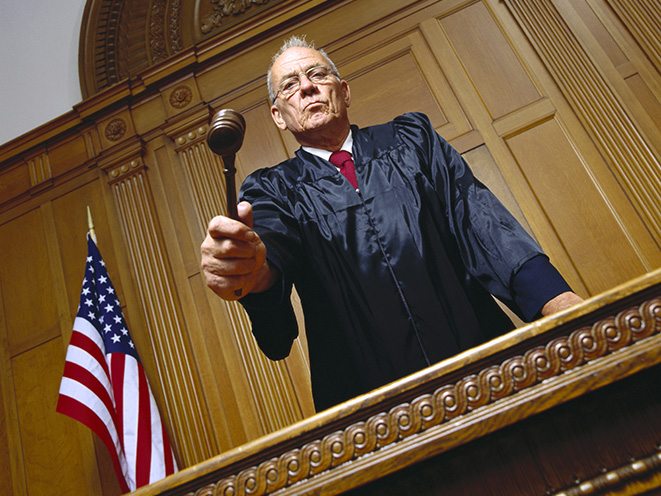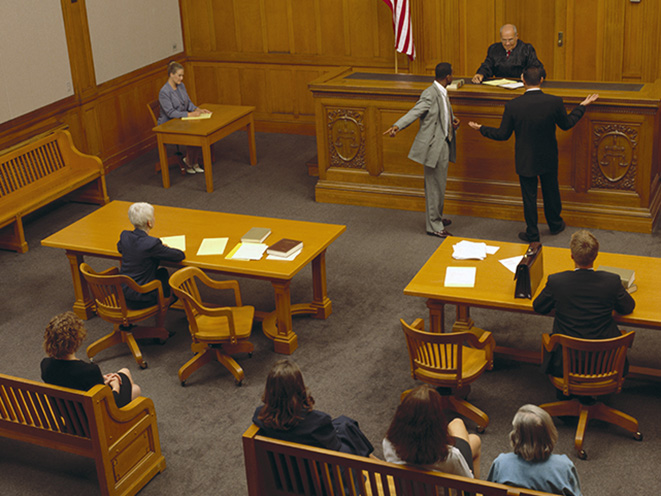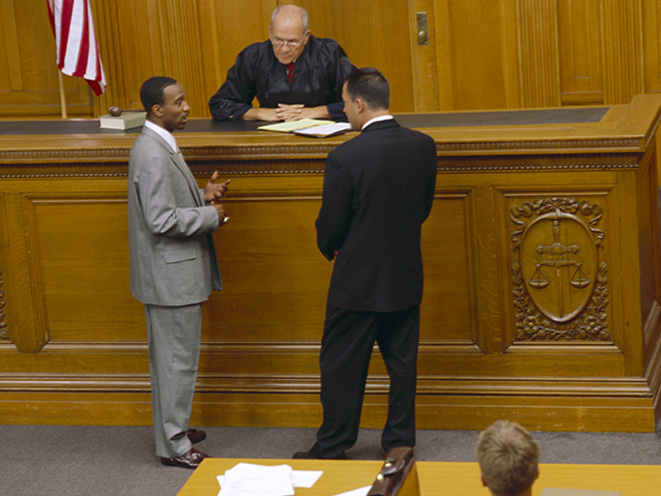After decades in the criminal justice system and 30-some years of working on federal- and state-level lawsuits related to deadly force, I think I can help to answer a common question among armed citizens: “How is it that people who justifiably fire in self-defense get prosecuted on criminal charges, or sued?”
Motivated Prosecutors
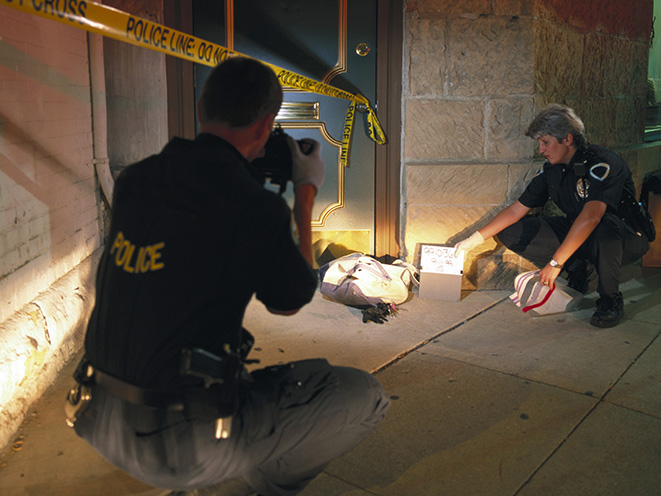
The vast majority of prosecutors in this country live up to their role as a minister of justice, with a duty to exonerate the innocent that weighs every bit as heavily as the duty to prosecute those they believe are guilty. But some don’t.
Advertisement — Continue Reading Below
In Case One, a man sustained what proved to be a fatal injury in a police transport van. The incident resulted in a major race riot. The prosecutor charged six police officers and apparently withheld from the defense evidence that the deceased had a history of deliberately injuring himself so he could bring lawsuits, a pattern of prior behavior that fit the evidence presented in the case. Four of the officers went to trial, and none were convicted after the evidence was presented. The prosecutor finally dropped all of the charges. By that time, costs to the police department and the prosecutor’s office had totaled a reported $7.4 million, and a settlement to the family of the deceased had cost taxpayers an additional $6.4 million. Many declared it a classic example of a political prosecution.
Media Manipulation
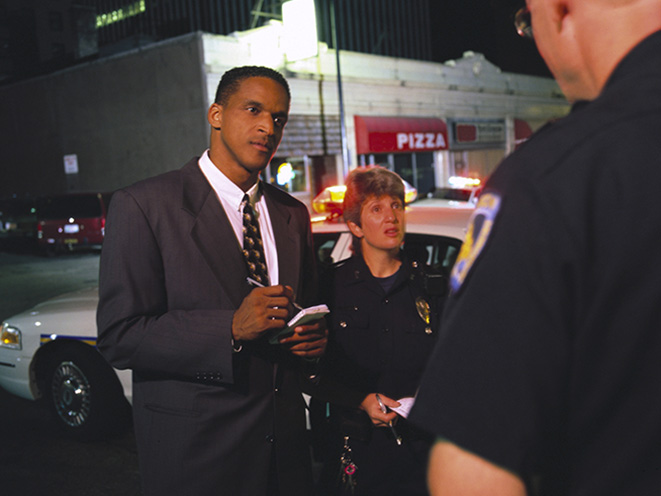
Something quite similar can occur in armed citizen self-defense shootings. You’ll probably recognize Case Two, in which a duly elected captain of a local Community Watch was driving to the market when he saw a suspicious stranger looking in windows during a heavy rainstorm, and called the police department. In his recorded call, when he lost sight of the suspect, the dispatcher asked where the man had gone, and the Community Watch guy got out of his car to look. Told by the dispatcher he didn’t have to do that, the man stopped his search and ended the call. He was heading back to his car when the man ambushed him, beating him into a martial-arts “ground and pound” position. The attacker, 17, then spotted the downed man’s holstered weapon and reached for it, telling him he was going to die. The downed Community Watch guy batted the reaching hand away, drew and fired one shot, which proved quickly fatal.
Advertisement — Continue Reading Below
- RELATED STORY: The 12 Most Idiotic Gun Laws Currently on the Books
Investigating officers quickly determined that the facts in evidence fit the shooter’s account of a self-defense incident, and a highly respected prosecutor didn’t see enough evidence to sustain a charge. However, the grieving family of the deceased hired a plaintiff’s lawyer who in turn enlisted a very high-powered public relations man. Using a picture of the deceased taken when he was 11 or 12, the family’s lawyers created a meme of an innocent black child gunned down to satisfy the bloodlust of a racist “self-appointed” vigilante, ignoring the fact that the shooter was one-eighth black himself and identified as Hispanic. International outrage resulted, there were numerous public demonstrations, and the state’s governor was pressured into appointing a special prosecutor. Without bothering to put it in front of a grand jury, she charged the shooter with murder. That helped to frighten the local homeowners’ association into paying a seven-figure settlement out of court.
A long and highly publicized trial resulted in a verdict of not guilty when the jury realized the evidence overwhelmingly supported the claim of self-defense. The two highly skilled attorneys who led that defense are still owed for much of the seven figures it cost over the course of thousands of hours, and despite the documented facts, a huge segment of the public still believes the defendant is a murderer who killed a child and got away with it. The defendant’s life and the lives of his family remain irreparably damaged.
Errors & Ignorance
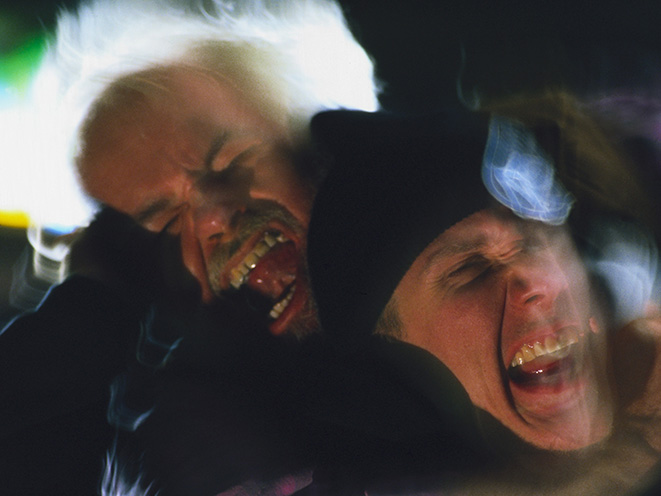
Advertisement — Continue Reading Below
In Case Three, a lawman not intensively trained in homicide investigation responded to a rural shooting where the homeowner killed a much larger man who coveted the shooter’s wife and had threatened to kill the husband. When that man showed up at the husband’s home, the latter armed himself with a .45 before answering the door. The much larger man attacked him savagely, and thinking the enraged attacker would kill his wife and little kids after overpowering him, he raised his .45 and fired as fast as he could, not realizing that the man was turning as the shots were fired.
The first responding officer arrested the man for premeditated murder a documented 12 minutes after arriving at the scene, citing as evidence of premeditation the homeowner’s having armed himself before he went to the door. The prosecutor claimed it was murder because, among other things, he had shot the “unarmed” man seven times with hollow-point bullets from a .45 automatic.
Defense lawyer Brian Abraham brought me in as expert witness. We were able to explain to the jury that an average-sized man being violently beaten by a much larger, much stronger man who had clearly expressed an intent to “beat the life out of him” constituted deadly force. We showed how fast a Ruger P345 could be fired, and how that intersected with the speed of the assailant turning away from the first shots vis-à-vis the time it would have taken the defendant to recognize and mentally process the attacker’s turning away. This clearly accounted for the shots in the back and the volume of gunfire. We pointed out that the arresting officer was issued a .45 with hollow points, much like the defendant. The jury acquitted the defendant, but he and his family had been through a long and costly ordeal.
Advertisement — Continue Reading Below
Civil Cases
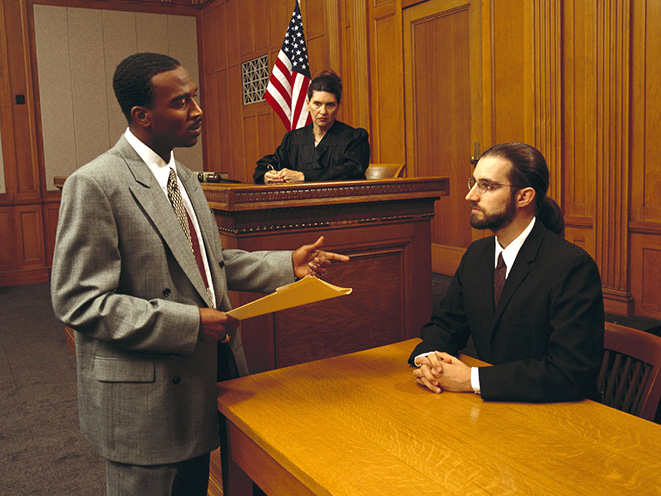
In Case Four, a trio of plainclothes gang task force deputies spotted a fellow dressed in local gang garb who resembled a man one of them knew to be on parole, and pulled their unmarked car over to the curb. When the sergeant identified himself, the suspect turned and ran directly into traffic. Had he simply turned and strode away on the sidewalk, as was his right for a “consensual contact” like this, it would have ended there. However, the United States Supreme Court had long since said in Illinois v. Wardlow that while head-long flight was not necessarily indicative of guilt, it was certainly suggestive of it. (Translation: Flight is not proof of guilt, but it’s a darn good clue.)
There was now reasonable articulable suspicion that justified an investigative detention. As the driver swung the car around, the sergeant and the remaining deputy pursued on foot. When they drew close, the suspect spun on them with a knife and executed a slash that would have disemboweled the sergeant had it not barely missed. The sergeant and deputy both fired. The knife-wielder died.
Advertisement — Continue Reading Below
The case was investigated by local police, the district attorney’s office, the state attorney general’s office and even the FBI. All of the investigations confirmed justifiable homicide. This notwithstanding, the lawyers for the family of the deceased brought suit alleging that the police officers had no right to stop the man at all, had planted the knife on him and had done it all out of racial motivation.
At trial, I was proud to be an expert witness on the highly skilled defense team that showed DNA on the knife tied it conclusively to the deceased and just as certainly eliminated its having been touched by any of the cops; that they did indeed have grounds to pursue, for the safety of the man who ran into traffic as well as that of motorists, etc.; and that the Hispanic suspect was shot by a Hispanic officer who worked for a Hispanic sheriff while defending the mixed-race sergeant. The jury understood and found entirely in favor of the deputies and the sheriff’s department.
False Positives
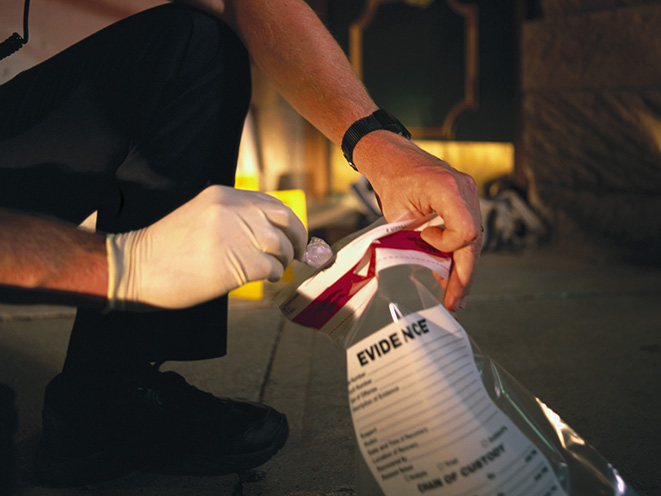
Advertisement — Continue Reading Below
The false-positive effect is quite simple: If after a self-defense shooting we look like guilty criminals and act like guilty criminals, we should not be surprised if we are presumed to be guilty criminals.
In Case Five, the defendant and his family had been violently attacked by an estranged in-law turned stalker. The defendant and his son were on their own property when the same man confronted them, claiming that he had a gun and was about to kill them. The property owner took him at his word, drew his own .38 and shot him down. Examining the body, he discovered that the man had been bluffing and had no weapon. Panicking, he and his son hid the corpse, and the shooter threw the gun in the ocean and fled the country. When the body was later found on the ranch, the shooter claimed he didn’t know a thing about it. After his arrest, when he finally told his story, no one believed him: He became the proverbial “boy who cried wolf.” When people from investigating officers to jurors find out you’ve lied once about something, they tend not to believe anything else you say.
- RELATED STORY: Sucker Punch – How to Avoid & Counter This Cowardly Attack
The man was convicted of murder, and his son, an accessory to covering up the shooting, was also charged. Both were convicted and sentenced to prison.
Advertisement — Continue Reading Below
I can’t blame the police or the prosecutor’s office for that one. It is why any responsible self-defense instructor will advise you to be the first to call the police after using a firearm for self-defense, and to become the complainant instead of the suspect. It is why you are wise to state this person attacked you (or whatever he did to lead to the shooting) and that you will sign a complaint to that effect. It is why you should point out evidence and witnesses before they disappear from the scene. Obviously, it is the worst possible time to answer detailed questions, but after establishing that the man who was shot was the attacker and you are the victim complainant, and pointing out evidence and witnesses, it is wise to answer any further questions with the promise of cooperation after you have spoken with legal counsel, which you obviously wish to contact soonest.
The better we understand how false accusations of wrongdoing arise from lawful, justified self-defense, the better able we will be to forestall or overcome incorrect assumptions, political or clueless prosecutions, or lawsuits that arise out of greed, revenge or other less-than- admirable motives.
This article was originally published in “Combat Handguns” July/August 2017. To order a copy, visit outdoorgroupstore.com.
Advertisement — Continue Reading Below
